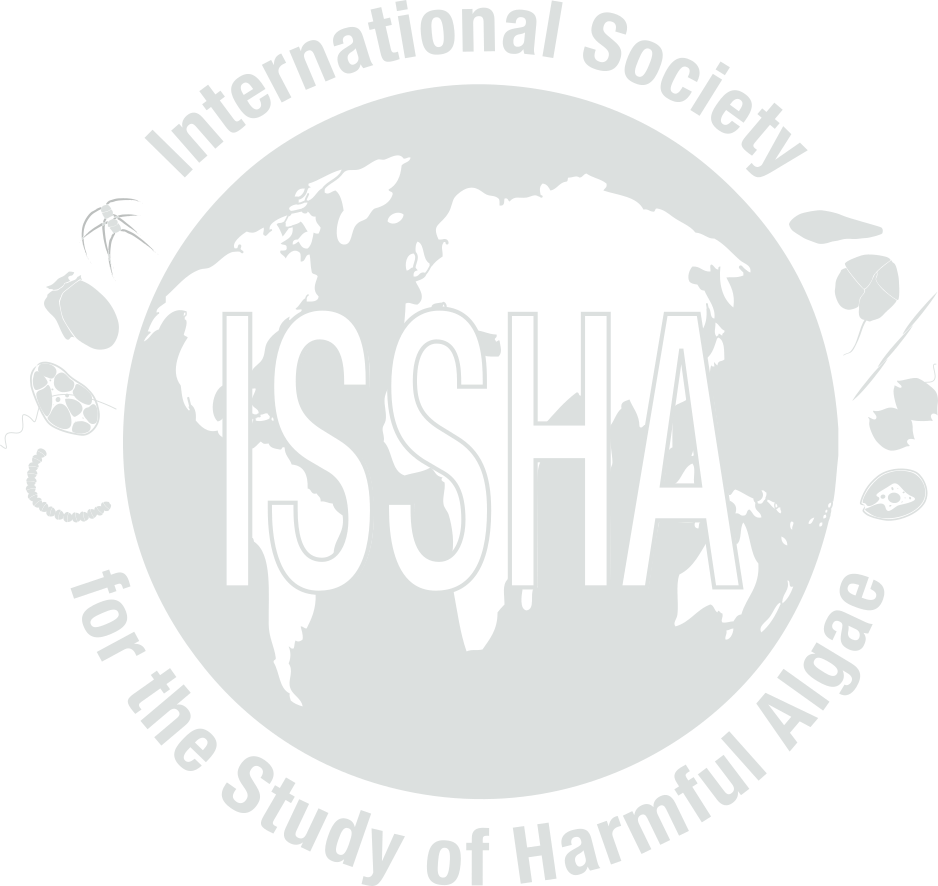|
Weather:
|
|
Turbidity (NTU):
|
|
Wind direction:
|
|
|
Stratified water:
|
No |
Oxygen content (nL/L):
|
|
Wind velocity:
|
|
|
Temperature (°C):
|
|
Oxygen saturation %:
|
|
Current Direction:
|
|
|
Sechhi disk (m):
|
|
Salinity:
|
|
Current Velocity:
|
0
|
|
|
Nutrient information:
|
|
|
Temperature Range During Event:
|
Max: °C, Min: °C
|
|
Salinity Range During Event:
|
|
|
|
Bloom location in the water column:
|
|
|
Growth:
|
|
|
Growth Comments
|
Not known, but may be part of a similar bloom in central California.
|
|
Additional Environmental information:
|
Not known, but there are indications that water temperature is higher than usual.
|
|
Species containing the toxin
|
Toxin type
|
Toxin details
|
Max. concentration
|
Assay type
|
|
Razor clams
|
Domoic Acid
|
DA eq
|
|
LC
|
|
Dungeness crab
|
Domoic Acid
|
DA eq
|
|
LC
|
|
|
Kit used:
No
|
Type of kit used:
|
|
Additional information:
|
Toxin assays done by U.S. Food and Drug Administration and National Marine Fisheries Service using acid or methanol extraction followed by HPLC (same method used in Canadian studies)
|
|
Economic losses:
|
|
|
Management decision:
|
Closure of commercial and recreational harvest of razor clams on Oregon/Washington beaches;
closed commmercial fishery for Dungeness crabs from northern California to northern Washington for nearly a month;
spring, 1992, recreational harvest for razor
|
|
Additional harmful effect information:
|
Razor clams are still toxic in mid-March 1992 with domoic acid levels of 30-60 ppm (regulatory closure level is 20 ppm); most toxin was found in the edible parts of the clams rather than in the viscera, but in crabs, most toxin was found in the viscera wi
|



